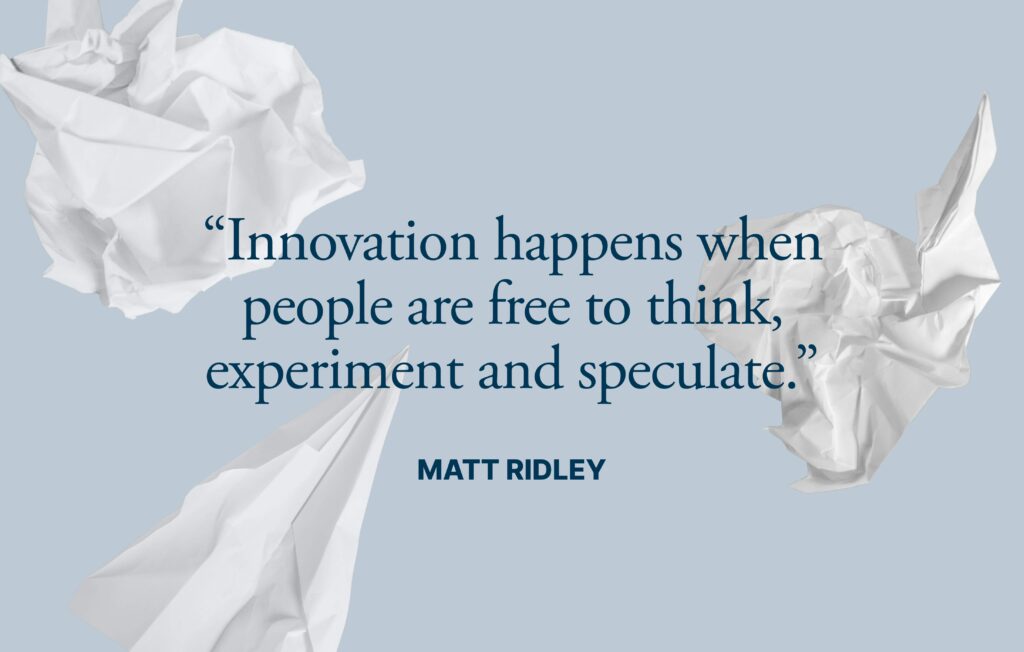Why Deep-Dive Reporting Still Matters
Beyond the Headlines: The Need for Depth
In a world flooded with clickbait, alerts, and minute-by-minute updates, surface-level news is abundant—but often fleeting. While quick headlines deliver information fast, they rarely offer the depth needed to fully understand an issue. This is where deep-dive reporting steps in.
What depth brings to the table:
- Offers historical context that explains how we got here
- Reveals layers of cause and effect missed by daily recaps
- Captures nuance through comprehensive interviews and research
How In-Depth Features Shape Understanding
Longform journalism doesn’t just inform—it helps readers remember. Stories that draw connections over time, explore competing viewpoints, and reflect underlying social dynamics add meaning to the moment.
Impact of in-depth features:
- Helps define how major events are remembered
- Encourages critical thinking by showing the full picture
- Provides insight that news briefs often miss
Readers Crave Trustworthy Voices
With misinformation easily spread online, trust in media is more vital than ever. In-depth features often form the backbone of that trust. Readers return to longform content because of its deliberate pacing, attention to detail, and dedication to accuracy.
Why trust grows through longform:
- Stories are heavily vetted and thoroughly researched
- Writers take time to verify, cross-check, and present multiple sides
- Narrative depth signals intentional, responsible journalism
In an age where speed often trumps substance, deep-dive reporting remains a cornerstone of reader loyalty—and public understanding.
What Sets an In-Depth Feature Apart
A strong in-depth feature doesn’t deliver the news—it builds it into something that lives longer than a headline. Instead of pumping out bullet-point updates, narrative reporting constructs a timeline. It connects the dots, slows things down, and pulls the reader through a story they want to follow—not just scan.
That means doing the work: laying out a sequence of events, sourcing people on all sides of the issue, choosing details that sharpen instead of clutter. A great narrative feature captures more than facts—it brings in tension, stakes, and atmosphere. But it doesn’t drift into fiction. Credibility matters. The best pieces hold up under scrutiny while still reading like something you’d stay up late to finish.
At its core, this approach respects the reader’s time and intelligence. It assumes they want more than just “what happened.” They want to know why it mattered, who it affected, and where it’s going. It’s storytelling built on fact, with enough texture to stay with you.
For more on how great narrative journalism works, check out Narrative Journalism—Crafting Stories That Resonate.
The Anatomy of a Noteworthy Event
Not every moment deserves a deep-dive feature. The ones that do tend to hit three markers: cultural relevance, social impact, and staying power. These aren’t just blips in the news cycle—they shape how we think, act, or respond, long after the initial headline fades. A protest that sparks policy change, a tech launch that alters how we communicate, a cultural movement that redefines norms—these have weight. They don’t just matter now; they’ll still matter in five years.
Journalists know that space and time are limited. So how do they decide what gets amplified? A story becomes feature-worthy when it has layers—conflict, context, characters. It’s not just what happened, but why, who was affected, and what the ripple effects look like.
Protests, political shifts, technological breakthroughs—they might look different on the surface, but the questions they raise are often the same: What’s changing? Who benefits? Who loses out? Why now?
In short, a moment becomes noteworthy when ignoring it would leave public understanding incomplete. That’s when the work begins.
On-the-Ground Reporting: Doing the Work
Getting the story means being there. That sounds simple until you factor in blocked roads, tense crowds, or being the only outsider in a high-stakes moment. The logistics of on-the-ground reporting require grit—figuring out where to go, how to get in, and how to stay safe. You plan, adapt, and often improvise. Safety isn’t just about helmets and press badges; it’s about reading the room, moving smart, and knowing when enough is enough.
Staying objective in heated situations is its own full-time job. When emotions run high—yours or everyone else’s—reporting facts without pushing a narrative takes real discipline. One way in: rely on firsthand accounts. What people saw, felt, and heard anchors the story in truth. Add sensory detail—the air, the noise, the silence after—and a scene becomes human, not just factual.
Interviews rarely wait for calm. You talk to people seconds after a protest ends or as sirens echo in the background. The challenge is to listen fully and pull out clarity without stripping emotion. It’s about knowing what to ask and when to pause. The best reporting doesn’t just capture what happened—it captures how it felt to be there.
Fact-Checking and Accountability
Double-sourcing isn’t just a newsroom formality—it’s the anchor that keeps a feature from drifting into rumor or speculation. If one source says it, and only one, it’s a lead. When two or more back it up independently, it becomes usable. In a reporting environment thick with spin, that line matters. Standards of verification make the difference between credibility and collapse.
Still, fact-checking takes time. Interviews don’t happen on cue. Public records don’t always load quickly. Waiting for confirmation can mean missing the flash of a trending moment. But trading speed for truth is a bet that pays long. Audiences might not always notice a perfectly-timed post—but they remember when a story gets something wrong.
That’s the grind of feature work in a 24/7 cycle: balancing urgency with depth. It means building in systems—source banks, research checklists, version trackers—to move fast without breaking trust. Pace isn’t the enemy. Sloppiness is. In the end, readers come to stay for what rings true, not just what hits first.
Voice and Structure: Telling It Right
Great reporting isn’t just about facts—it’s also about delivery. The tone you choose sets the mood. Language shapes accessibility. Pacing determines whether readers stay with you or check out in the first paragraph. Spartan doesn’t mean bland; clear, punchy writing can do more emotional heavy lifting than a wall of adjectives ever could. A direct voice builds trust. It says: here’s what happened, and here’s why it matters.
But facts alone don’t keep people reading. You need people in the story. Human interest doesn’t mean pulling heartstrings for the sake of it—it means placing the personal within the public. A feature on housing policy hits differently when readers meet someone who’s been evicted. A startup story resonates more when we can see the founder’s risk, not just their valuation. These individual threads drive emotional connection, and that connection gives the reporting weight.
And sometimes, the smartest thing a journalist can do is get out of the way. Let the source talk. Let the scene breathe. Let the quote hang in the air without immediate commentary. Trust your readers to interpret moments. When a subject speaks in their own voice—raw, flawed, grounded—it cuts through. That’s where reporting turns from information into experience.
The Value to Audiences
In a news cycle that burns fast and forgets faster, readers are gravitating toward stories that offer more than just facts—they’re looking for clarity. In-depth features earn their keep by providing the context necessary to understand not just what happened, but why it matters. When journalists connect historical threads, policy decisions, and lived experience, they help readers make sense of the noise.
But context alone isn’t enough. Emotional gravity is what makes a piece stick. Layered reporting—stories that don’t just inform but feel lived-in—help readers connect on a human level. Whether it’s a frontline perspective during a protest or an inside look at a small-town hospital under pressure, these moments ground the abstract in the real. That connection builds trust.
And that trust is long-lasting. Good features aren’t built for virality—they’re built for the bookshelf, the re-read, the citation. They’re the pieces people return to when a topic trends again or resurfaces in public debate. In-depth work creates a thread between past and present. That’s the value: durability in a disposable world.
The Future of In-Depth News Features
AI is here—and yes, it’s fast. But fast doesn’t always mean better. When it comes to in-depth features, the value lies in nuance, context, and that unmistakable human touch. Generative AI can summarize, mimic tone, and scrape data, but it can’t walk through a protest, feel the tension in a courtroom, or earn the trust of a grieving mother telling her story for the first time. The best reporting still begins with showing up.
That said, the platforms are shifting. Algorithms now reward dwell time and engagement, not just clicks. Readers are growing weary of sensational headlines and hollow content. What they’re leaning into are stories that help them make sense of the chaos—pieces that provide clarity, connection, and something sturdy to hold onto. This puts pressure on publishers to deliver substance, not just speed.
And that’s where premium content wins. It’s not only what earns trust—it’s what keeps lights on. Paywalls work when what’s behind them is worth the click. As ad revenue becomes less dependable, subscriptions and memberships depend on delivering quality consistently. No fluff, no filler—just journalism that respects its readers and their time.
The future isn’t AI vs. humans. It’s AI as a tool, not a crutch. Great storytelling still needs a storyteller. And people can tell the difference.
Closing Thoughts
In-depth features aren’t optional anymore. They’re the antidote to the flood of surface-level updates and half-formed takes saturating our feeds. When news cycles spin faster than people can process, depth becomes clarity. True journalism needs to slow down, step back, and dig in.
There’s a reason readers are drawn to stories that breathe—ones that don’t just tell but explain, explore, connect. In a world engineered for distraction, the feature becomes a form of resistance. A focused narrative with perspective and process isn’t just informative; it actually makes sense of the noise. That’s the job: not just report facts, but help people understand them.
Done well, deep reporting doesn’t just compete for attention—it earns it.


